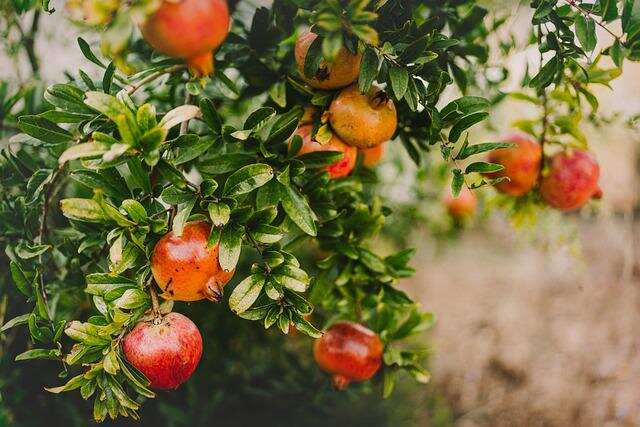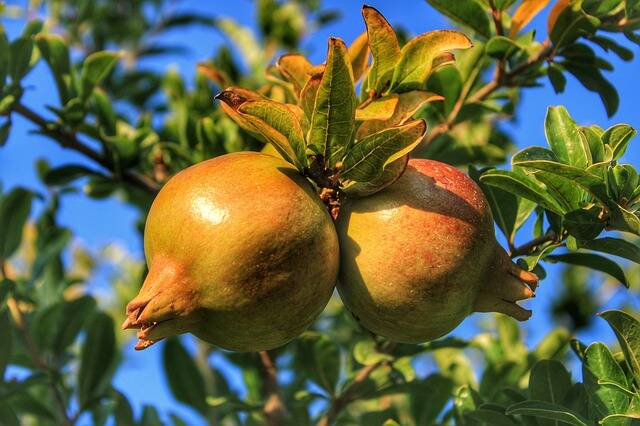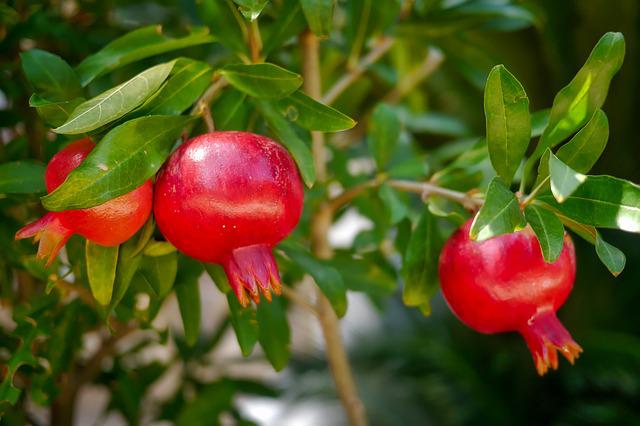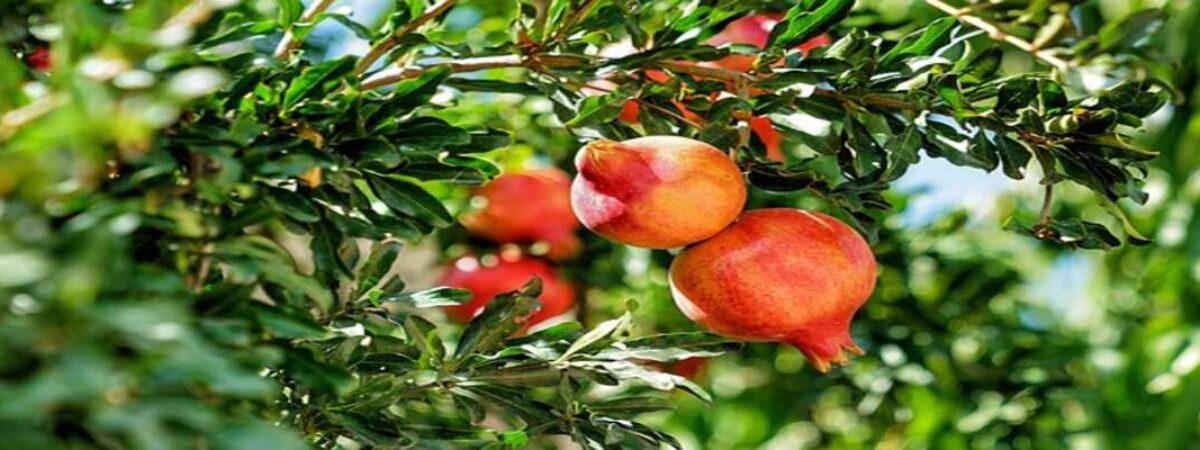Growing pomegranates in your own garden is a rewarding experience. Having the taste and health benefits of the fruit of your own garden adds cherry to your experience.
Not only will you get a beautiful tree laden with bright, red fruits, in the growing period but also you’ll get a tasty treat once harvest time rolls around.
However, pruning the pomegranate tree twice per year is often required for better growth and richer fruits. If you don’t prune a pomegranate tree, then you may face various problems such as disease, dieback, stunted growth, and poor harvest.
So do you want to prune your pomegranate tree? Are looking for a step-by-step guide to pruning your plant?
Then let’s dive into the article below to learn how to prune a pomegranate tree.

Why should you prune a pomegranate trees?
Pruning of pomegranate trees is often required to remove tree parts that bear poor quality fruit, to encourage fruit production, and to allow good light penetration to the plant.
Pruning of pomegranate trees also helps to maintain a certain shape for aesthetics or height for easy harvesting. Some gardeners shape their pomegranate tree like a tree while others use pomegranates like a hedge.
Pruning your pomegranate in the form of a tree can risk fruit production if you live in an area that freezes as we do. So for high desert areas, a shrub form will work.
When to prune a pomegranate tree?

Pruning of the pomegranate tree is often required after the first year, during the dormancy period after the risk of frost has passed but before the full bloom of fruits in the spring.
In the late dormancy of the year followed by planting, it is recommended to prune the branches by 1/3, remove crossing branches, and leave 3-5 shoots per branch.
Pomegranates bear fruit in the second year of the plantation, so be careful not to prune too much during this time or you may end up with no fruit. After the third year of your tree, you just need to prune your pomegranates lightly each year to encourage fruit production. It doesn’t require heavy pruning.
Pruning your pomegranate plant heavily may reduce fruit production but you need to prune heavily after a year with little growth in order to re-invigorate your pomegranate.
If you have a year with little or no fruit, prune your plant lightly. You may need to prune more heavily on the tops because this is where the vegetative growth of the plant occurs.
Open up the middle of the plant by pruning to allow light and air to reach the blooms, which will increase the fruit set. Thinning shoots on the end of the branches may also increase fruit size and quality on the remaining shoots.
How to prune a pomegranate tree?
To prune a pomegranate you just need to remove dead and damaged wood annually just like other fruit trees. Pomegranates bear thorn, so you need to wear gloves and long sleeves to protect your skin.
So below is the process of pruning a pomegranate tree.
Plant your pomegranate tree in winter.
When you get a new pomegranate plant in your garden, you may need to start pruning it right away. As the best time to prune a pomegranate tree is in winter when it is at its dormant stage, you should plant it in early to mid-winter.
single trunk system
If you want a single trunk system to prune your plant, just keep one strong shoot and cut the rest.
Choose the strongest, healthiest-looking shoot from the whole plant, then use a pair of pruning shears to remove the rest of the shoot. The remaining shoot will eventually grow into a 25 to 30 cm tall trunk with just about 5 to 6 branches coming off of it. You need to eventually cut it shorter.
Make sure that your shear or cutting tool leaves a nice, clean cut. If the shoot remains too thick, use a fine-toothed saw instead of a shear.
Multi trunk system
The multi-trunk system refers to picking 5 to 6 of the strongest-looking shoots instead of choosing just 1 shoot and removing the rest. This process will turn the shoots into branches growing directly from the ground without any trunk. You need to cut them shorter eventually.
A multi-trunked plant is more likely to survive a freeze rather than a single-trunked plant. If 1 of these branches dies, you may need to simply replace it with another sucker and start from the beginning.
Remove additional suckers from the plant or water sprouts in the summer.
Suckers are basically the additional shoots growing from the ground. Water sprouts are the shoots that grow from the base of the trunk, below the main branches. Not only they can detract from the overall appearance of the tree, but also they can also suck up nutrients and water.
So you need to do this every summer afterward. Cut suckers as close to the root as possible with pruning shears or cutting tools. Sometimes you may also have to dig through the soil in order to reach the base.
It is recommended to use pruning shears to snip your water sprouts off as close to the trunk as possible.
Repeat this procedure in the second and third years of the plant to facilitate better growth. After that, your plant will surely bear better fruit, but there may come a time when you have to pick and decide which branches to keep and which branches to prune.
If you keep all the branches of the plant, you’ll be preventing the healthy ones from getting as much energy as they could which will result in lesser production of fruits.
So cut the plant that is not bearing fruits and as close to the collar as possible which is the raised ring between the trunk and the branch.
Conclusion

So there you have it. Pruning a pomegranate tree takes very less time and makes less of a mess than peeling and eating a pomegranate.
So good luck! Prune your own pomegranate plant and let us know how it is going.
You may also like to read
How to Grow And Care For Avocado Plant- A Step by Step Guide






